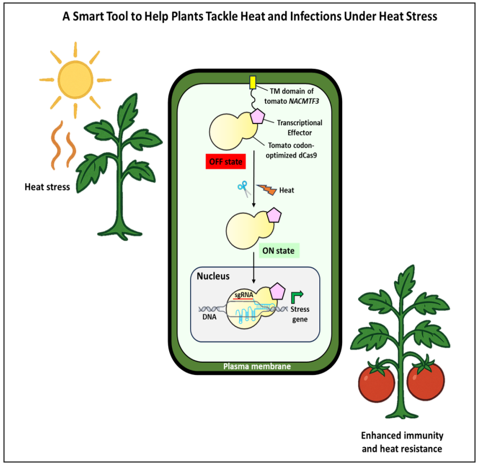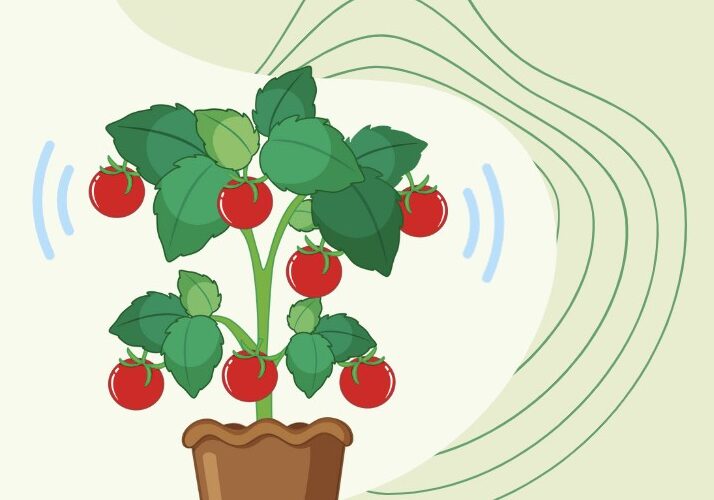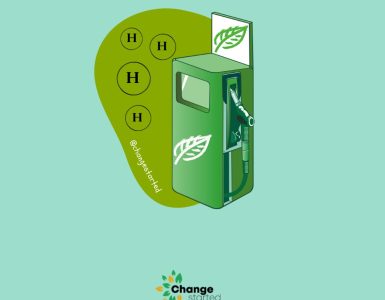A smart molecular tool developed by scientists can aid plants facing rising temperatures and infections.
Plants often feel stressed, especially when the weather is extreme or microbes attack. When they’re stressed, their productivity decreases.
Searching for solutions that can help plants get smarter about defending themselves, researchers from Bose Institute, an autonomous institute of the Department of Science and Technology (DST), found an answer in CRISPR (Clustered Regularly Interspaced Short Palindromic Repeats).
CRISPR tools usually work like scissors that cut DNA to create lasting changes. However, Prof. Pallob Kundu and his team used a modified version called dCas9. This version does not cut DNA. Instead, it acts like a switch that can turn genes on or off. The switch stays off until the plant experiences stress.
To develop the tool, the scientists borrowed a clever part from the tomato’s biology, a small piece of a natural protein called NACMTF3. This part, called the TM domain, works like a tether and keeps the dCas9 switch locked outside the control room (nucleus).
But when under stress, for example, due to heat, the TM domain lets go of the tethering function. In a moment, the switch is released and moves into the control room, flipping on the genes that help the plant defend itself.

Fig: The diagram shows how the smart molecular tool helps tomato plants survive harsh conditions.
This research, published in the International Journal of Biological Macromolecules, can help solanaceous plants handle various stresses, such as fighting pathogens and beating the heat.
The team tested this smart system in tomatoes, potatoes and tobacco and found it working efficiently, especially in tomatoes under attack by the bacterial pathogen Pseudomonas syringae, which becomes even more dangerous during heat waves.
Normally, heat weakens the plant’s immune system, making it more susceptible to infection. To counter this, the scientists turned on two key defence genes, CBP60g and SARD1, exactly when the plant needed them. This helped the tomatoes fight back against the disease.
Using this tool, the team also turned on two “heat helper” genes—NAC2 and HSFA6b—only during high temperatures. These genes helped the tomato plants remain green, retain more water and stay healthy despite the heat.
With rising temperatures and unpredictable weather, farmers around the world are struggling to grow healthy crops. This smart gene switch gives plants an edge. It saves energy by acting only during danger and boosts the plant’s natural defence mechanism just in time.
In the future, this technology could benefit not just tomatoes and potatoes but also eggplants, chillies and other food crops that we rely on, paving the way toward smart agriculture.






Add comment